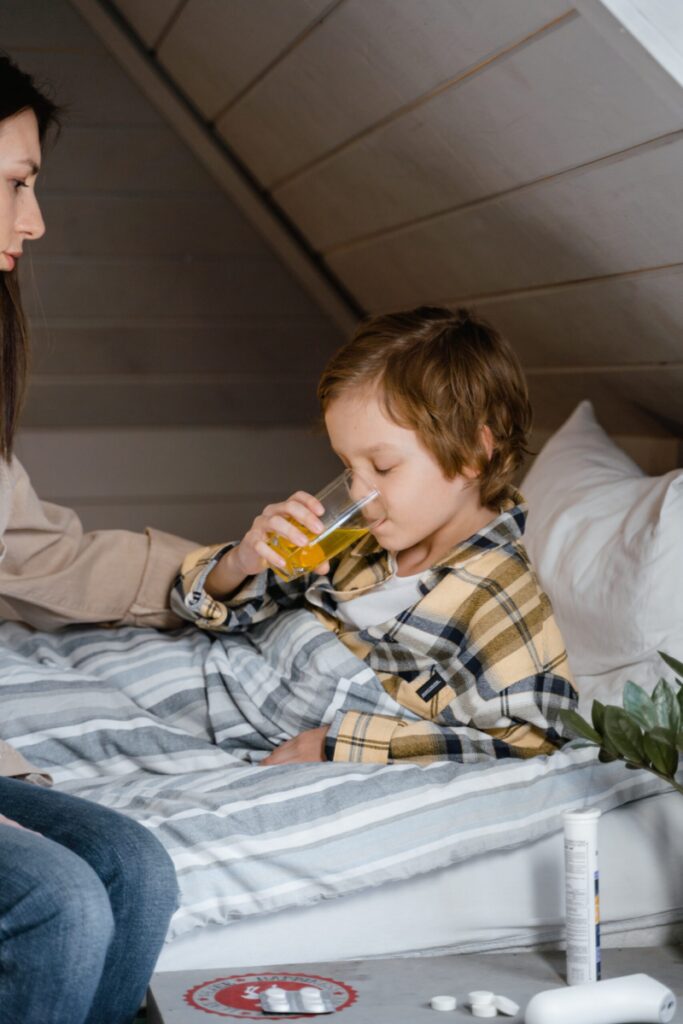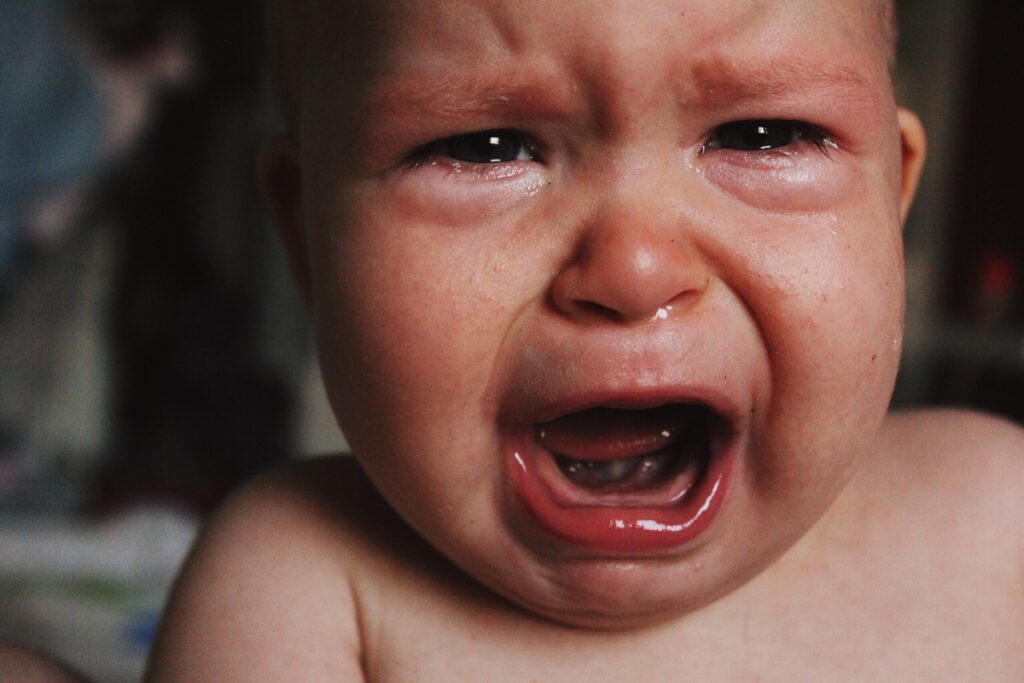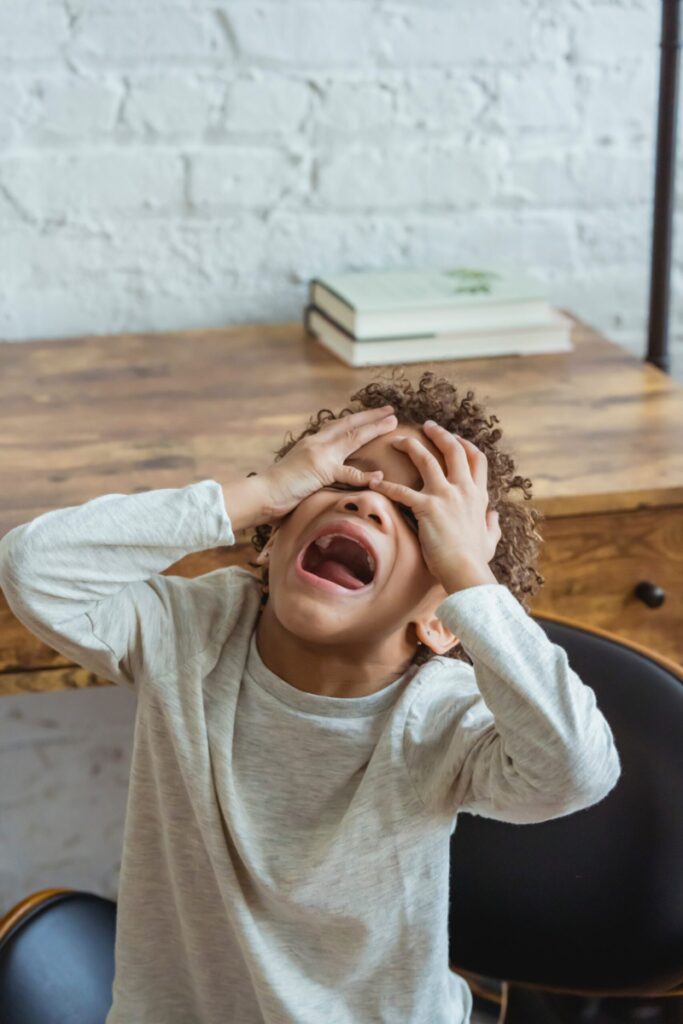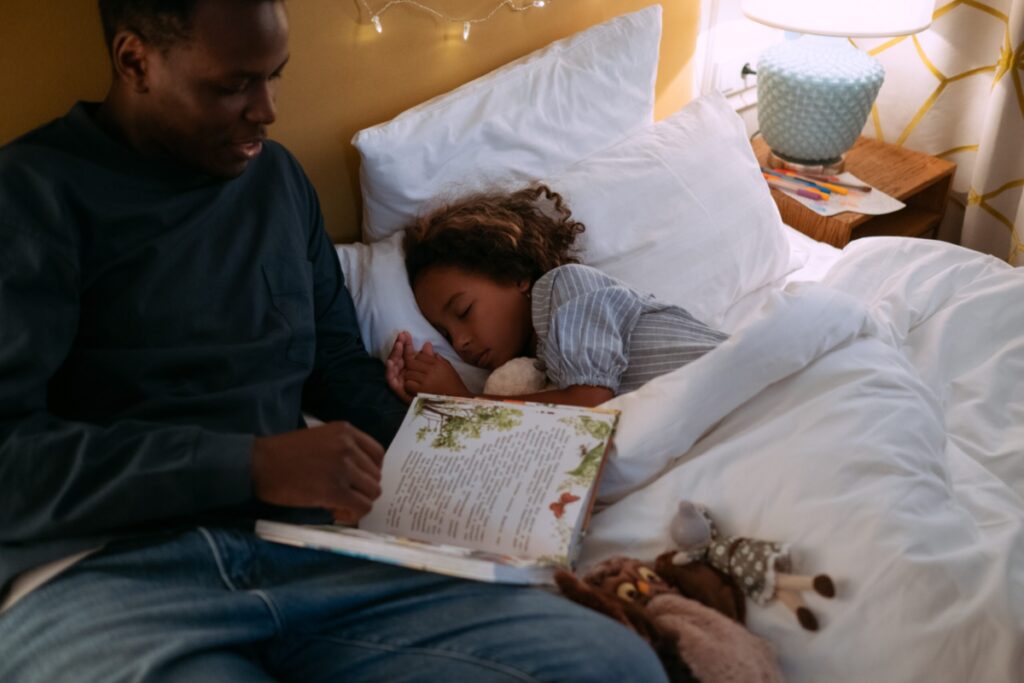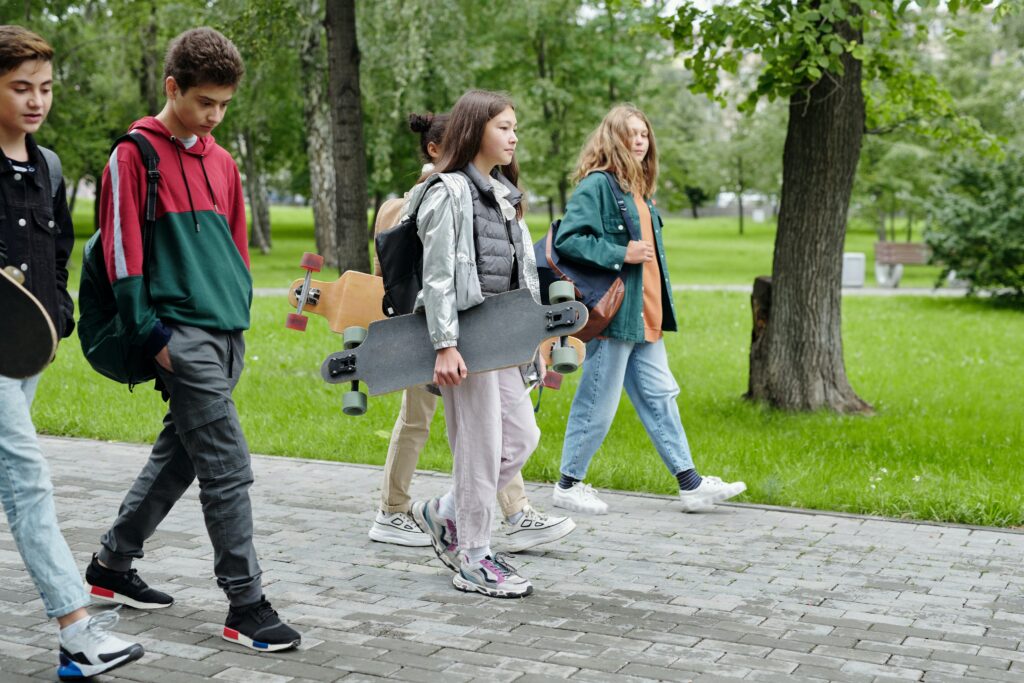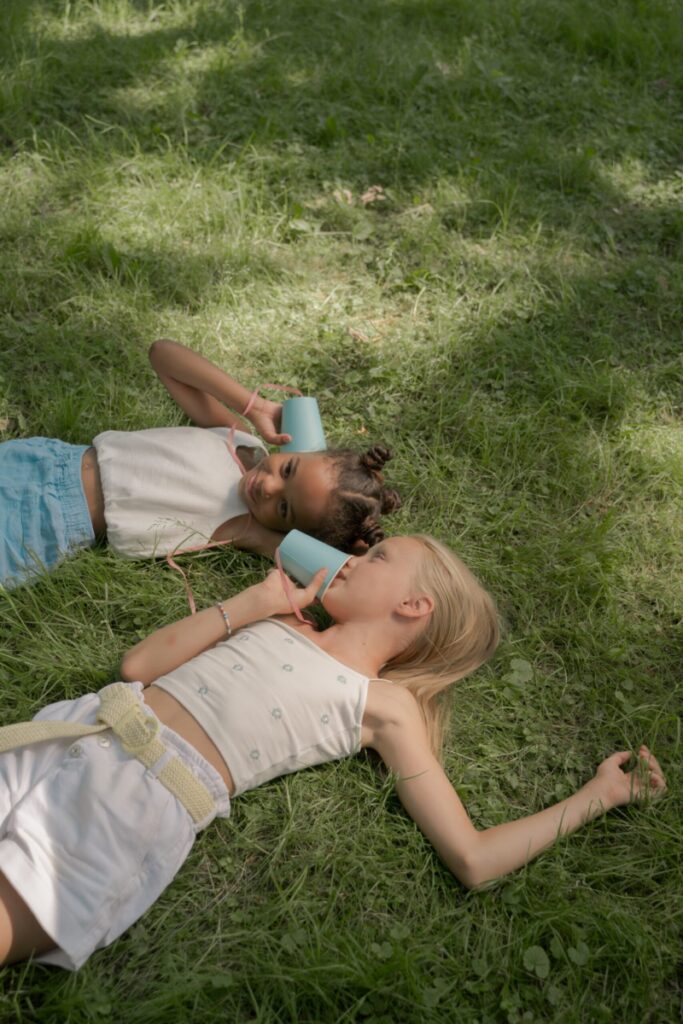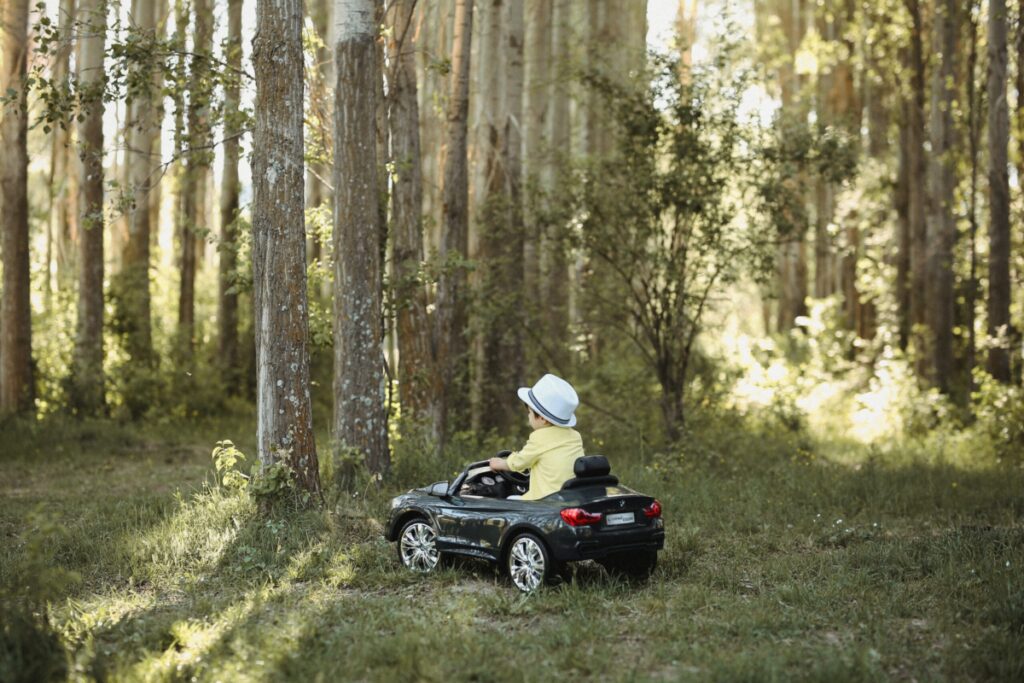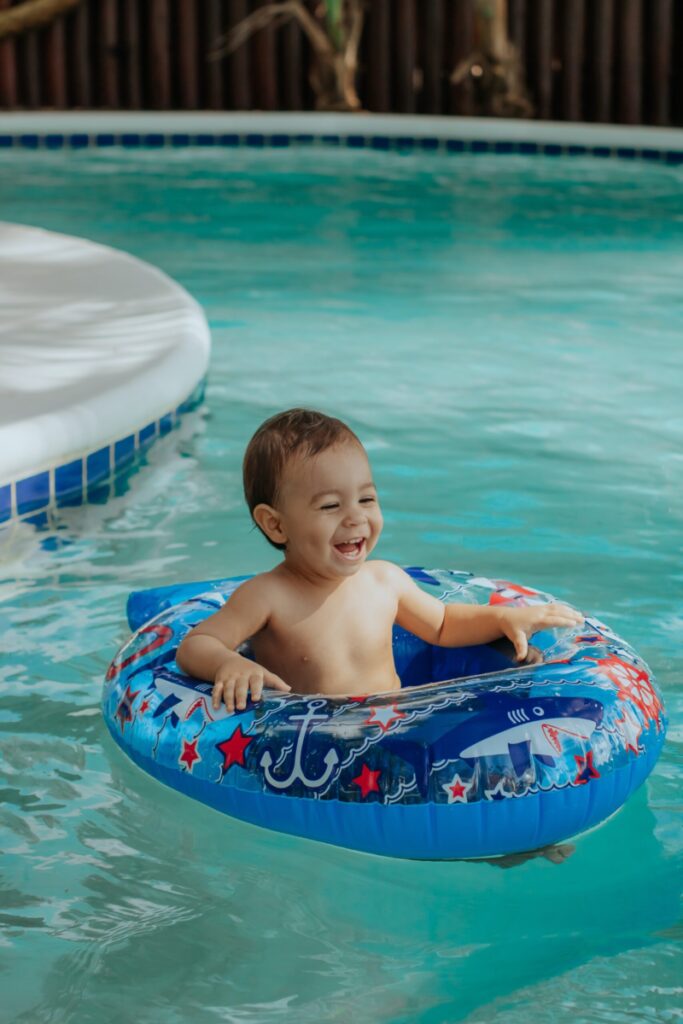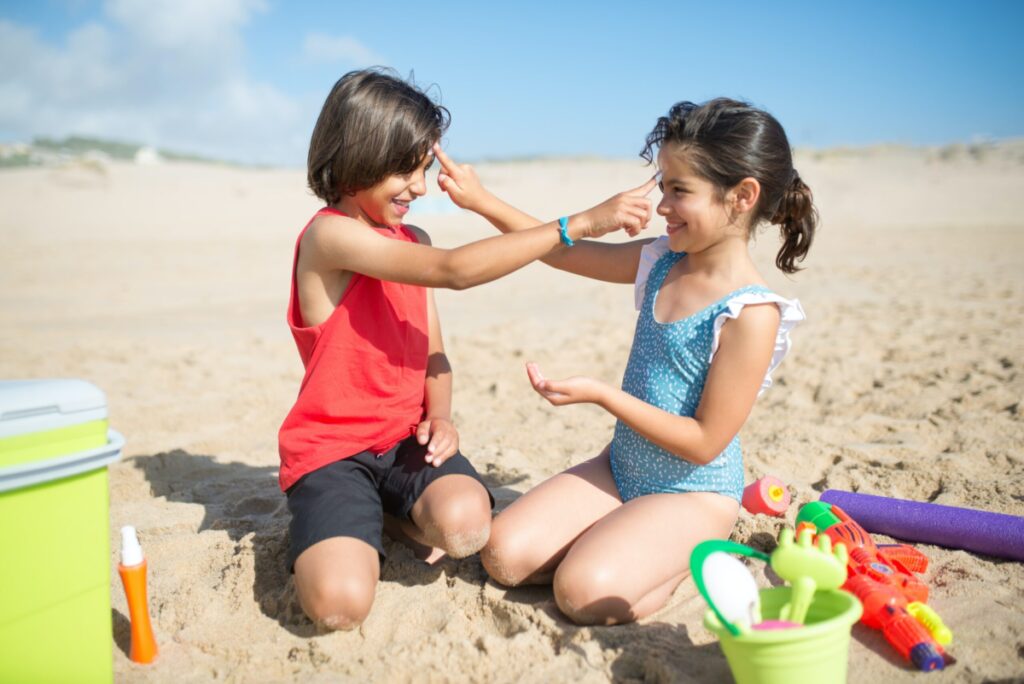Dehydration in Kids
We’ve all been there; your kiddo or baby is sick, loses their appetite, and isn’t motivated to drink. You may be surprised to hear that, as pediatricians, we don’t worry so much about a child not wanting to eat, even for a few days! Instead, our primary concern is preventing dehydration. Dehydration occurs when fluid intake is insufficient to meet the body’s needs or to keep up with fluid losses. Small children and babies can go a few days without eating much without any issues, but without drinking enough, they can become dehydrated fast! This is especially true if they have vomiting or diarrhea. Read on for signs of dehydration in kids, tips for preventing and treating dehydration at home, and when to bring them to see a healthcare provider.
Signs your baby or child may be dehydrated:
Early signs of dehydration in kids can be subtle; look for decreased energy, dry lips, dark urine. Other more significant signs include:
- Decreased urination or wet diapers – less than one void every 4-6 hours
- Dry lips and mouth
- Fussy and irritable (even after fever is treated)
- Reduced or no tears when crying
- Sunken eyes
- Flattened soft spot (fontanelle) in an infant
- Very sleepy or lethargic
When to call your healthcare provider:
- Fever in an infant under three months of age
- Any of the above signs not improving
- No wet diaper or urination in 8 hours
- Difficulty breathing or very fast breathing
- Bluish color to the face or lips
- Very sleepy or lethargic
How do I prevent or treat dehydration at home?
In many cases, encouraging plenty of fluids can help prevent dehydration in kids and babies. If a child has mild hydration, similarly, there are things you can do at home to increase their fluid intake. However, in some situations, it can be too challenging to manage or the dehydration may be significant enough to warrant medical help. Therefore, if your child shows signs of dehydration and is not improving or if they start to show any signs of more significant dehydration, it is best to bring them to a healthcare provider asap. In some cases, the best dehydration treatment involves IV fluids. Remember, dehydration can be life-threatening, so don’t hesitate if you are concerned.
Top tips to prevent dehydration babies and kids:
Think about fluid intake early and try to push those liquids before your little one gets behind.
- Breastfeeding and bottle-fed babies should be encouraged to eat on their regular schedule and if taking less each feed, then offer feeds more frequently.
- Don’t give water to babies under six months.
- Consider an oral rehydration solution such as ORS powders or Pedialyte, especially if they aren’t eating to replenish electrolytes (safe for any age.)
- Other fluids to try:
- Half juice/half water (sugary drinks can make diarrhea worse, but may be helpful when diluted if they are refusing other options)
- Clear broths
- Popsicles! These can be a great trick for kids since they taste good, and the novelty makes them extra appealing. Pedialyte pops are a pediatrician fav!
- If your older baby or child is well enough to eat, you can offer foods with added fluids.
- You can add breastmilk or broth to pureed foods.
- Puree pouches contain a fair amount of liquid and are easy to eat, even if appetites are low.
- You can try offering fruits with a high water content, like watermelon.
- If your child has frequent vomiting, refrain from offering food until they can keep fluids down. Focus on tiny sips of clear liquids frequently. Be sure to provide drinks with electrolytes.
- Do not give your child medicine to stop diarrhea unless your pediatrician advises.
- Do not give Pepto Bismol to children under the age of 12 years old.
- In a pinch, use a medicine syringe.
- For young children and babies who are flat-out refusing to drink, a last-ditch effort can be to administer small amounts of fluid the same way you would medicine.
- Using a medicine syringe to the back of the cheek, administer 15-30ml of breastmilk, Pedialyte or ORS every 10-15 minutes.
It can be worrying and difficult when your baby or child refuses to drink, but knowing what to do and what signs to look for can help you be prepared and get help when needed. Check out the resources below for more information!
Healthychildren.org – Dehydration


